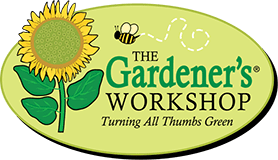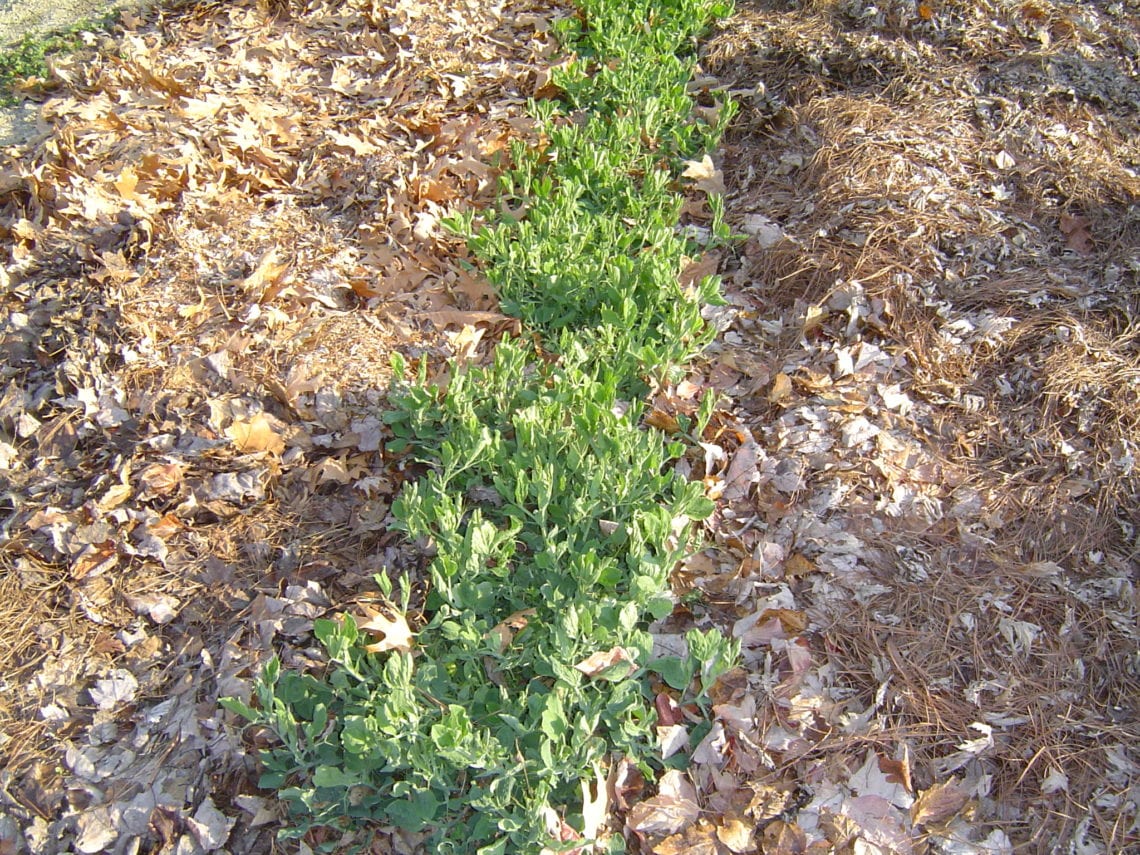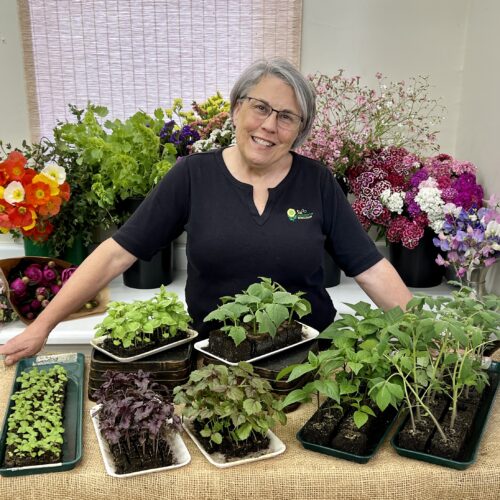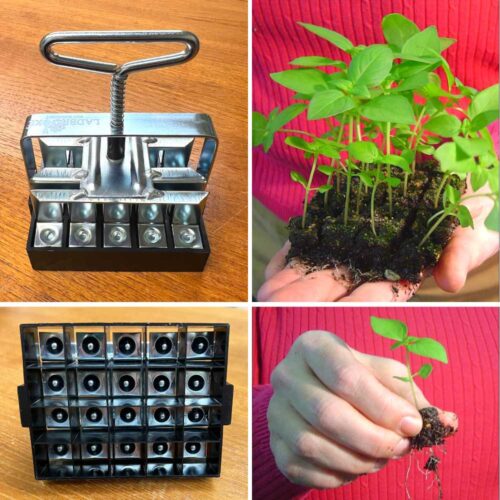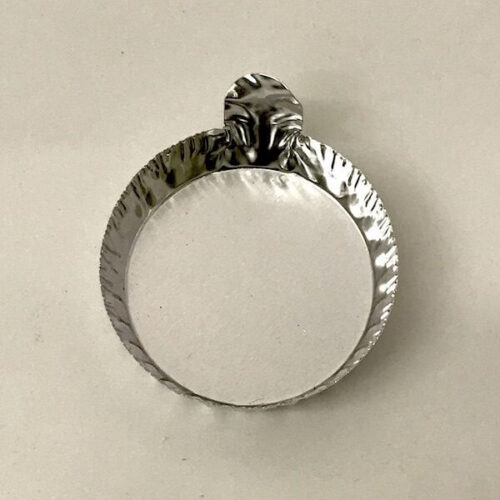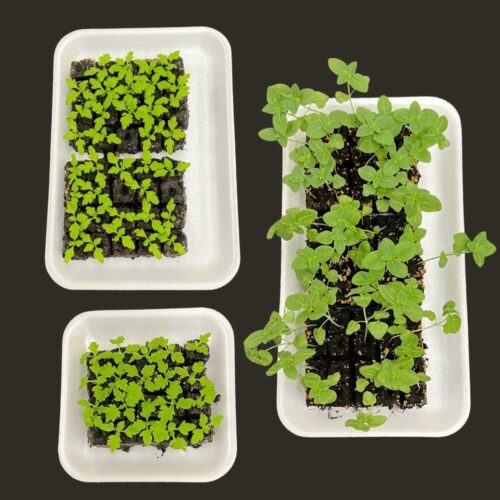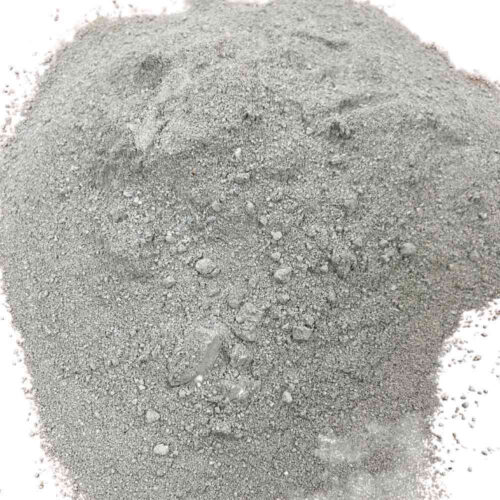One man’s weeds are another’s treasure.
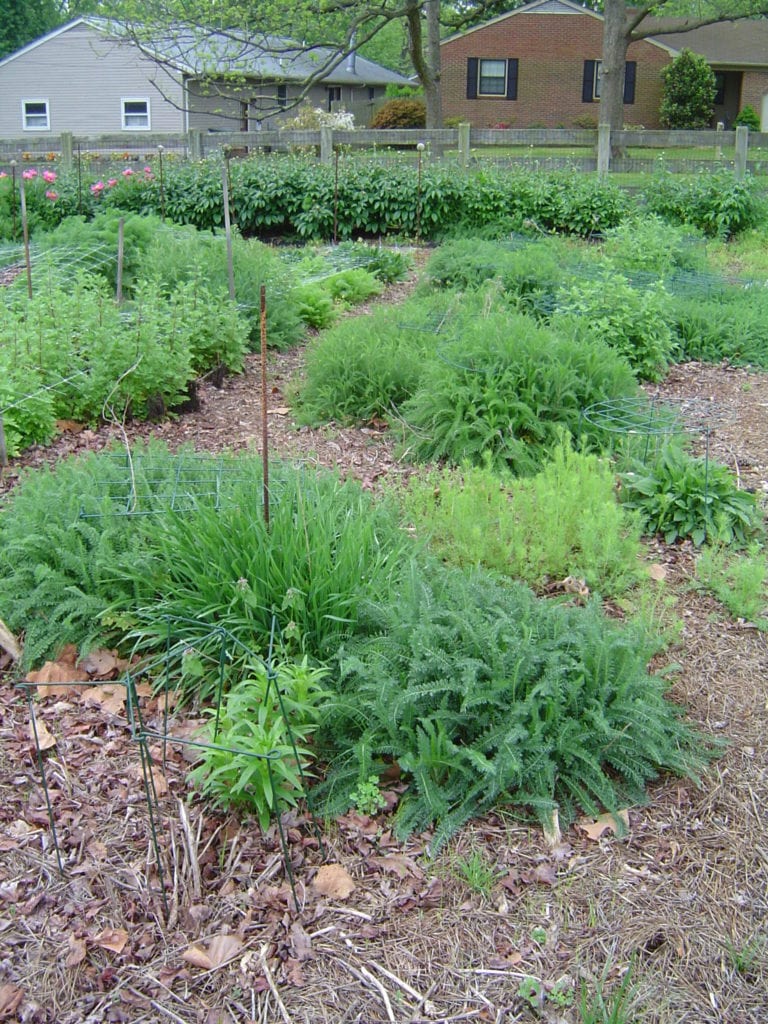 Weeds we call them. All of those plants that we don’t want popping up in areas we don’t want them in. I would guess it is the most annoying and perplexing problem gardeners have. When I am giving a talk and mention some of the ways we handle weeds- hands always go up wanting more details. I don’t have any magic or tricks that eliminate weeds. I have just come to terms with them and have an agreement in mind on how it’s going to go for them and us.
Weeds we call them. All of those plants that we don’t want popping up in areas we don’t want them in. I would guess it is the most annoying and perplexing problem gardeners have. When I am giving a talk and mention some of the ways we handle weeds- hands always go up wanting more details. I don’t have any magic or tricks that eliminate weeds. I have just come to terms with them and have an agreement in mind on how it’s going to go for them and us.
zzzz
 First, we do not use chemical herbicides. In addition to the damage caused to the environment and its people I don’t want my dog that is barefooted walking on vegetation that has been treated. (Just Google “adverse effects on environment with the name of your herbicide and be prepared to give it up). I have on the other hand used organic certified herbicides that can help—but must be reapplied repeatedly which on our grand scale is too costly. So walking around spraying isn’t the answer.
First, we do not use chemical herbicides. In addition to the damage caused to the environment and its people I don’t want my dog that is barefooted walking on vegetation that has been treated. (Just Google “adverse effects on environment with the name of your herbicide and be prepared to give it up). I have on the other hand used organic certified herbicides that can help—but must be reapplied repeatedly which on our grand scale is too costly. So walking around spraying isn’t the answer.
Another tidbit that I have learned is that weeds have another use: many provide food for our native creatures. From the tiniest little creature you can’t see to those better known creatures. For example- did you know that dandelion blooms are some of the first food sources for bees in spring? Did you know that poison ivy berries are an important natural food source for 60 species of over-wintering birds? Knowing these things help me to tolerate weeds in designated areas. So know your weeds. Also weeds tell a story. There are websites and books that help you to identify weeds and then explains what soil issues invite them to thrive there; compaction, nutrient deficiencies, etc. Fix you soil and weeds diminish.
So with all that said, our first line of approach to weed control is to prevent them from being born. We do this by not allowing bare soil to lay uncovered. We try to cover soil with an organic mulch of leaves or bark, pine straw, etc. or a living mulch of cover crop or biodegradable or plastic film. Our second line of attack is to make areas that will get weeds mow able. Our pathways are wide enough for our mulching mower to fit and we mow weekly to keep anything from going to seed to make more weed babies. We chose our battles—some beds that are going to hang around for the better part of a season get some hand weeding after planting till the plants grow enough to shade out weed seedlings. Beds without mulch that were direct seeded get hoed while the weeds are small—the difference between success and crying. We always have some areas out of control- I tend to sick the bush hog on them and don’t even look back. Seeing a weedy mess neatly mowed takes away the pain.
So the moral of the weed story is:
- Pick your battle grounds- areas most important to you
- Prevent the weeds from being born
- Know your weeds
- Get em’ when they are small!
- Make areas easier to maintain- mow able.
The photos are examples of our weed-free gardens and beds–they do not always look like this all the time, they are our goal. One with bark mulch, one with leaf mulch and another hoed on a regular basis.
Lisa Mason Ziegler is a commercial cut-flower farmer in Newport News, Virginia; she lectures and writes about organic and sustainable gardening. You can email Lisa at [email protected] , call her at 757-877-7159 or visit her website www.shoptgw.com .
Like us on Facebook and keep up with the farm!
